Two October Versions
The weekly newspaper Trung Tam published its first issue on October 17, 1934, and was silent since issue 6, which was published on May 23, 1935. The editorial office was located at 97 rue Conton, then moved to 25 Place Neyret (Cua Nam street, Hanoi today). Initially, the newspaper advertised itself as a weekly newspaper published on Wednesdays. By issue 5, the newspaper introduced itself as a "literary and satirical weekly". The newspaper was directed by Vu Van Hoan, managed by Nguyen Manh Chat, and replaced by Nguyen Dang Minh by issue 6. As a newspaper with literary and satirical activities, Trung Tam Weekly had many news, articles, and caricatures that strongly criticized its colleagues such as Phong Hoa , Dong Phuong, Loa...
As the person who directly worked on the newspaper Thang Muoi, Ho Huu Tuong remembered Thang Muoi as a magazine, a mouthpiece, and a propaganda organ of the leftist opposition in Indochina, headed by Dao Hung Long and Ta Thu Thau, and managed by Ho Huu Tuong. The newspaper published 8 issues each month. To ensure secrecy, all manuscripts had to be burned after being printed. The newspaper used bone rubbing printing techniques, had beautiful covers, and was designed as a pocket book for convenience. Thang Muoi ended its operation in September 1932 when members of the organization were arrested.
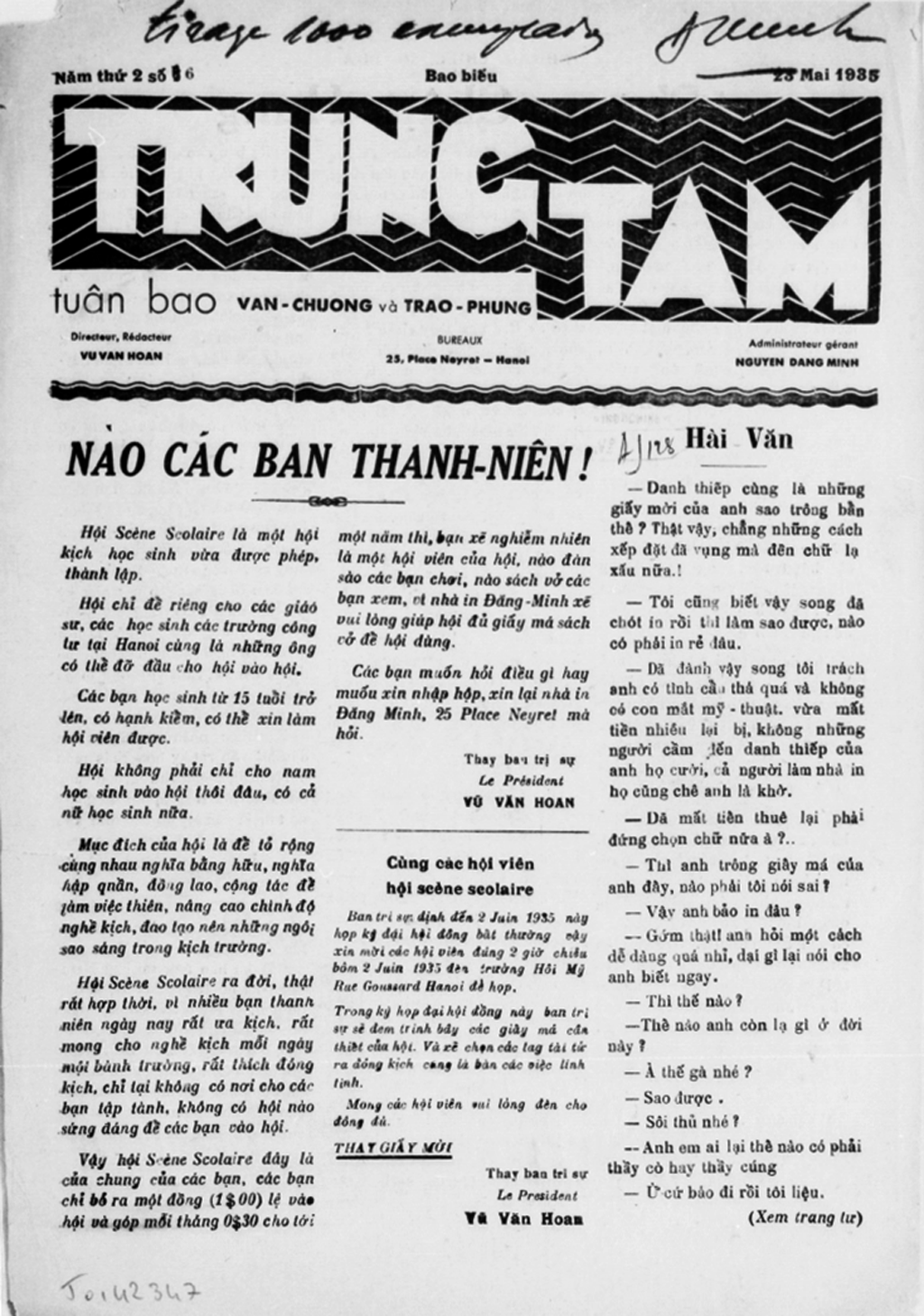
Weekly Center No. 6 , published on May 23, 1935
DOCUMENTS OF DINH BA
However, with the documents the writer has access to, there is a magazine called "Thang Muoi" published in September 1938. Nguyen Ngu I in an article in Bach Khoa Thoi Dai No. 25 (217), published on January 15, 1966, also mentioned "Thang Muoi" published in 1938. In October 1938, Dao Hung Long was still present when his name was on the front page with the words "Poetry, money sent to: DAO HUNG LONG 108 Rue Lacotte (now Pham Hong Thai Street) - SAIGON". Ho Huu Tuong's name was also mentioned continuously in No. 1 and No. 2, showing that he was in the "Thang Muoi" group.
This was a "monthly theoretical magazine" and right on the manchette it was clearly stated "Proletarians of all countries, unite". The magazine was bound with 32 pages in issue 1; issue 2 published in October 1938 had 48 pages. In issue 2, it was announced that issue 3 would be the anniversary issue of the Russian October Revolution. The articles focused a lot on propaganda and ideological struggle. Although the Vietnamese Press Bibliography did not mention it, Nguyen Thanh's dictionary did mention the two October editions.
Dong Viet Tung Thu was organized by Hau Giang Thanh Nien, Dong Viet Tung Thu introduced itself as "The agency of light [office] Hau Giang Thanh Nien to foster intellectual education, maintain customs, awaken compatriots, and pass on knowledge to the entire Vietnamese people". Claiming to be a book, but like Thong Loai Khoa Trinh by Truong Vinh Ky, Dong Viet Tung Thu had the content of a magazine. The owner and editor-in-chief was Ho Minh Chieu, nicknamed Linh Chi. Located in the remote land of Bac Lieu , but Dong Viet Tung Thu was published at 106 Rue des Marins (now Tran Hung Dao Street), Cho Lon. To introduce it to a wide range of readers, the first issue was given away for free to readers.
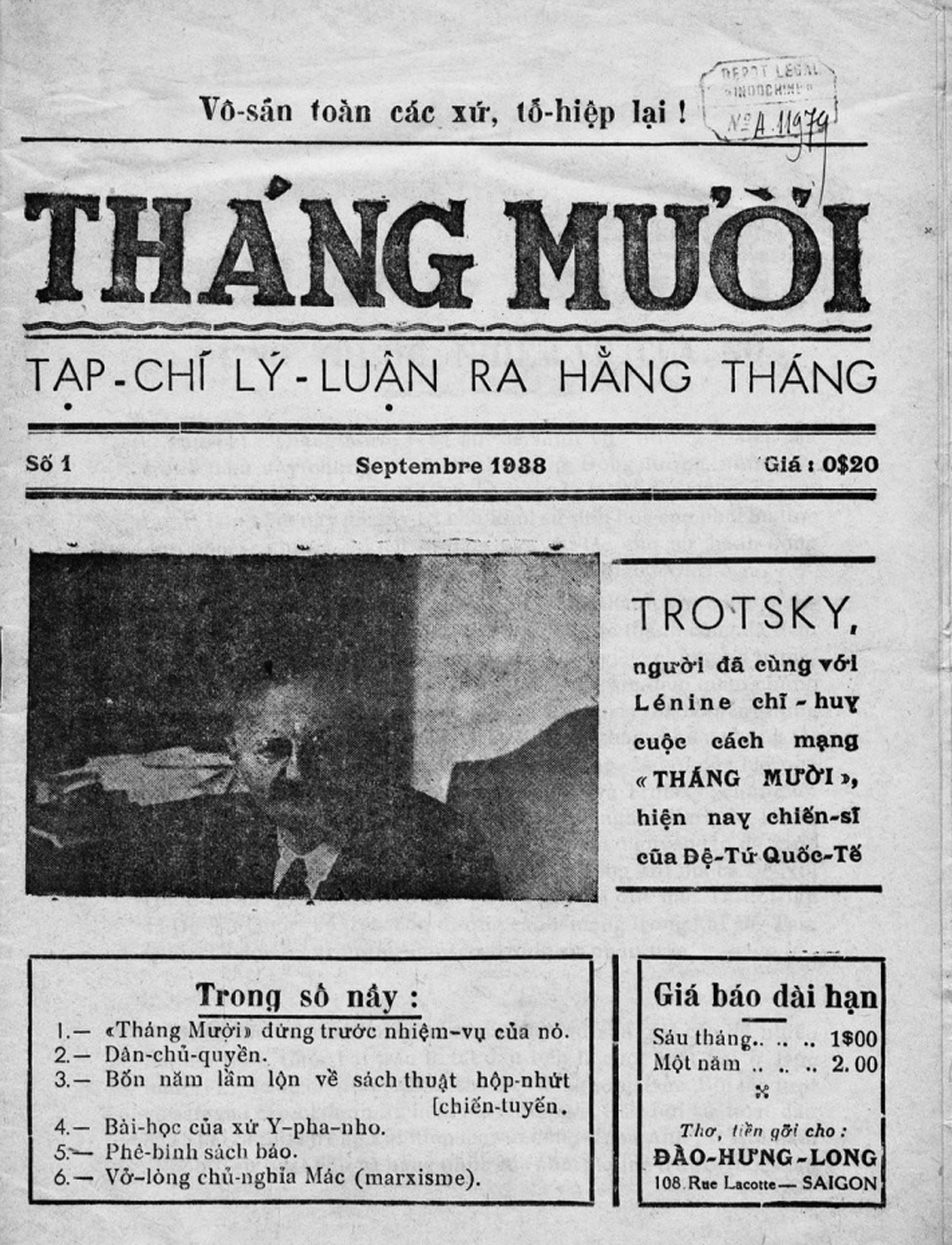
Issue 1 of October magazine published in September 1938
Students in the memory of Pham Cao Cung
The Buddhist Youth Association is managed by Truong Tan Phat, headquartered at Chuc Tho Pagoda, Thuoc Hamlet, Hanh Thong Commune, Go Vap District, Gia Dinh Province. The newspaper is presented in the form of a bound magazine, 50 pages in size, published in only one issue, printed at Thanh Thi Mau Printing House, with a circulation of 5,000 copies. The newspaper was established with the purpose of "creating a foundation of orthodoxy for any nation that loves peace and wants happiness to exist in the world".
In Pham Cao Cung's memoir, this detective writer said that Hoc Sinh was a weekly children's newspaper, published by Mai Linh when it had expanded to Hanoi. With this newspaper, Pham Cao Cung decided to do something different, placing the paper horizontally instead of vertically as usual. Although it was not eye-catching, it was... unique and attracted the attention of readers. The newspaper had two main characters, TIP and TOP, created by Pham Cao Cung. The cover, front and back were all drawn in comics. And a little-known fact, revealed by Pham Cao Cung in his memoir, was that poet Tham Tam was the first artist to illustrate Hoc Sinh before becoming famous in the field of poetry. Later, Dang The Phong also had time to draw for Hoc Sinh, but the field that Phong was known for was music. And Ta Thuc Binh, with his simple and meticulous drawings, was the one loved by readers when illustrating for the newspaper.
As the content manager of the Student newspaper, Pham Cao Cung still remembers the "Letters in response to readers" column that he wrote himself, signed as Anh Ca. Pham Thi Truong, later Pham Cao Cung's wife, used the pen name Truong Nga, in charge of the contact column for girls. The newspaper had many articles suitable for children such as teaching how to make paper kites, teaching how to swim from Pham Cao Cung's own childhood experiences. Nguyen Ngu I collaborated on the Student newspaper and later became famous in the literary world. After two years in the newspaper industry, Student had to stop publishing when its circulation decreased. Based on the time data in Pham Cao Cung's memoirs, the newspaper appeared in the second half of the 1930s.
Some newspapers such as Dong Tay newspaper published in 1942 by Quynh Dao as editor-in-chief, with the editorial office at 129 Sinh Tu street, Hanoi; Nam Thanh Catholic from issue 1 (April 1935) to issue 21 (December 1936 - January 1937), Cao Mien Huong Truyen from 1929 - 1930... are not yet listed in the Vietnamese press dictionary. (to be continued)
Source link


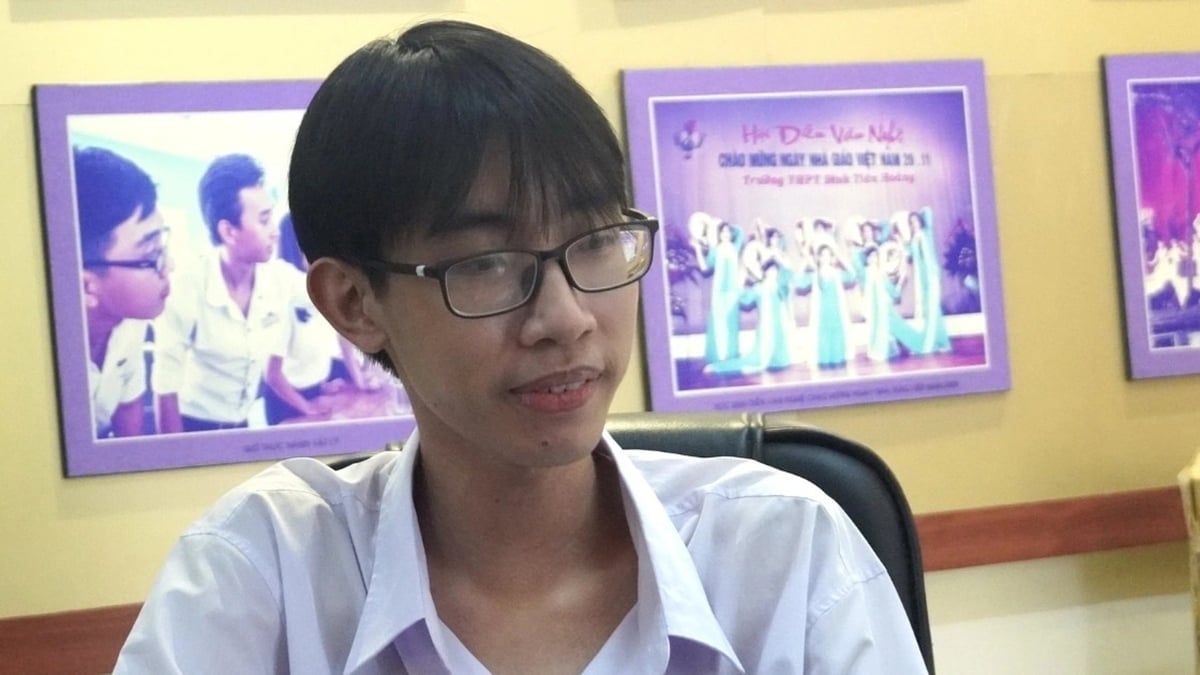

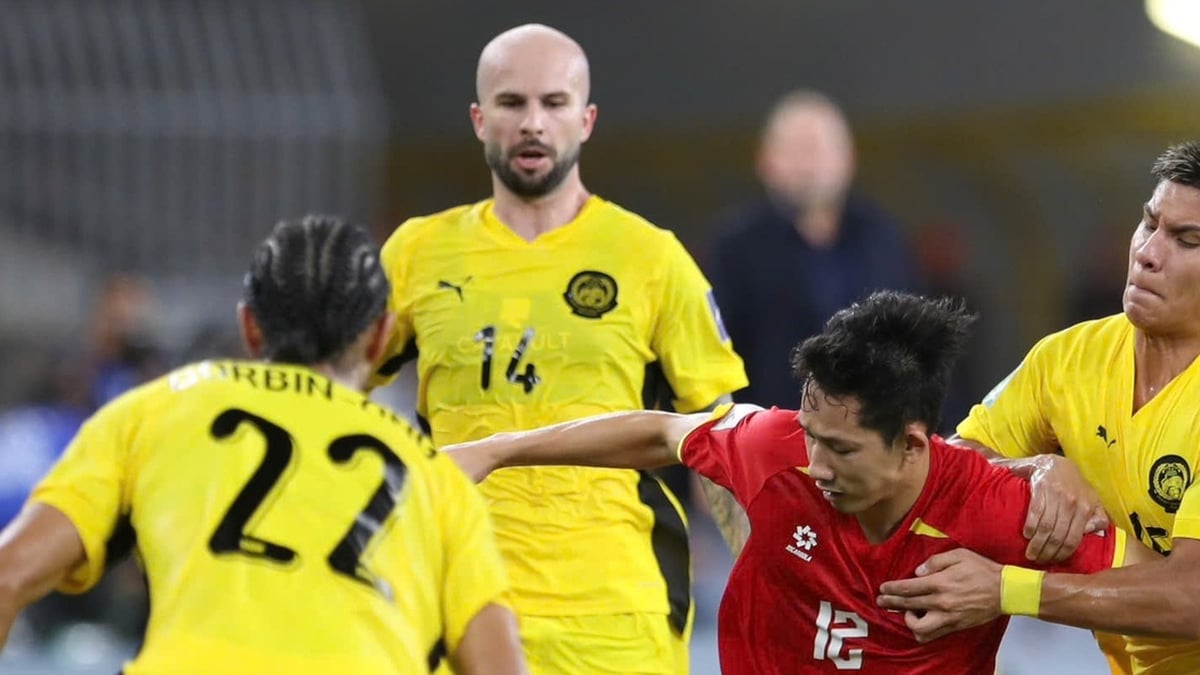


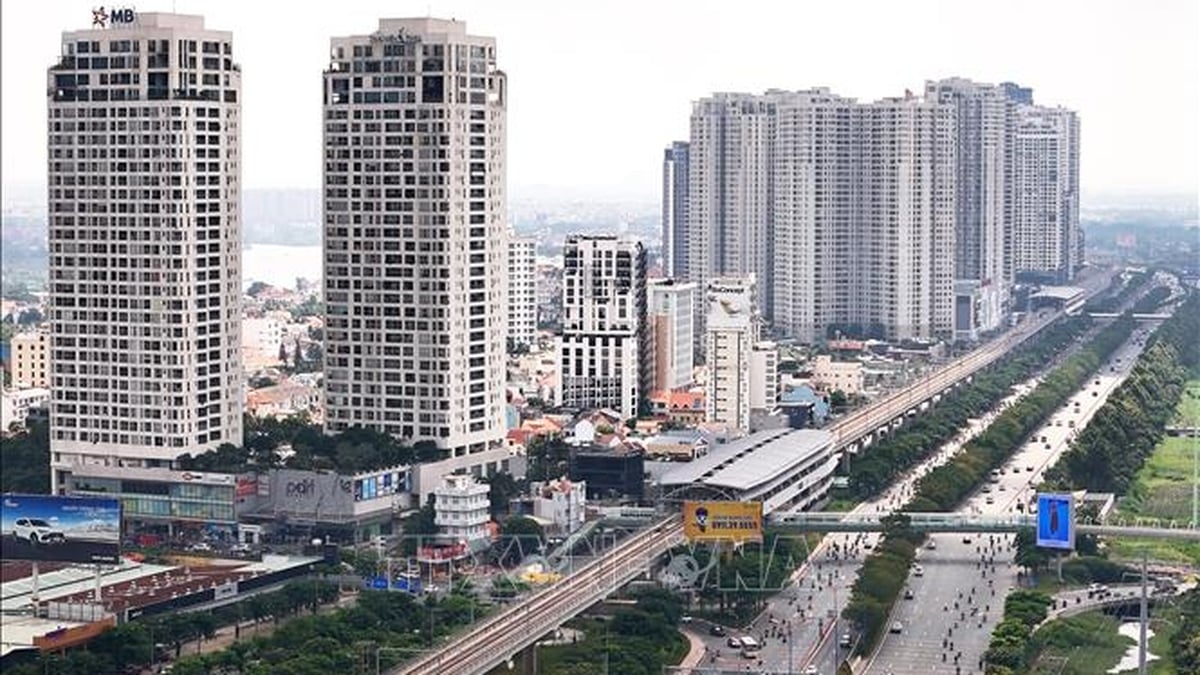
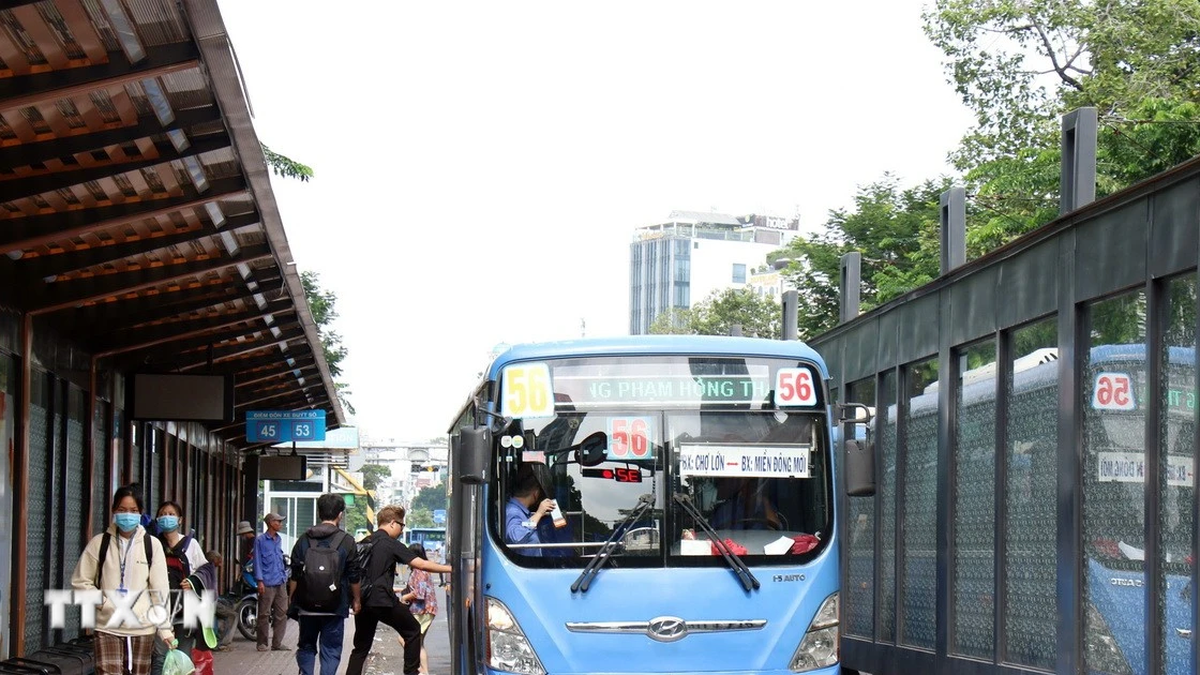
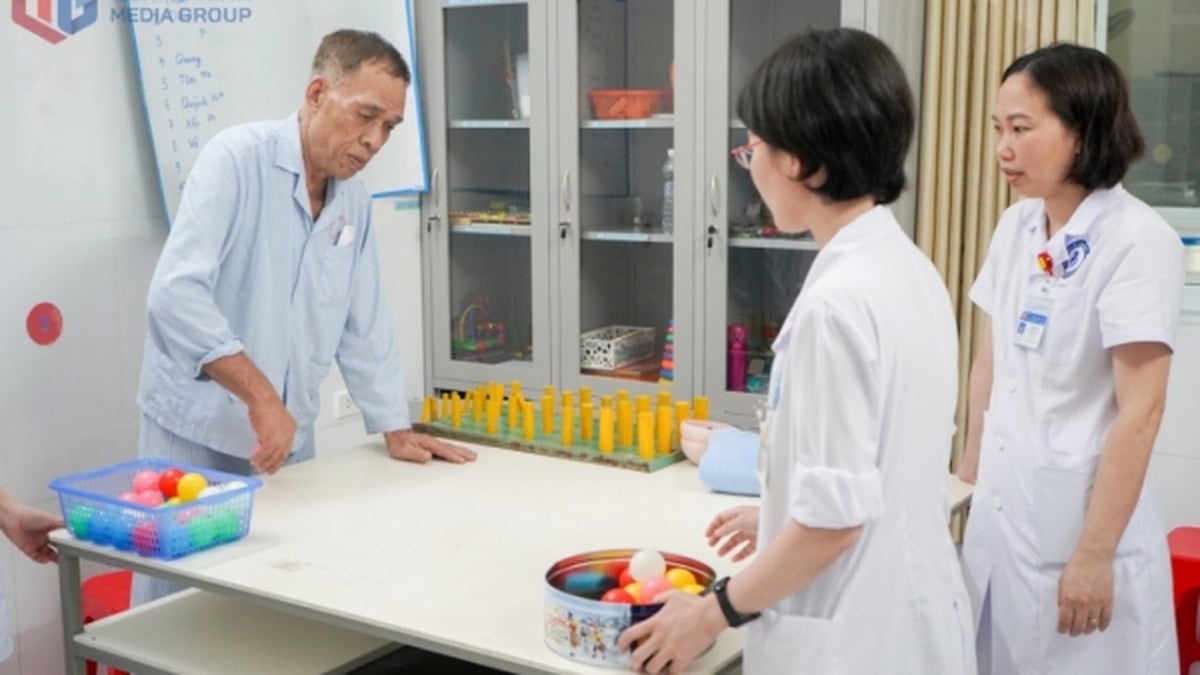
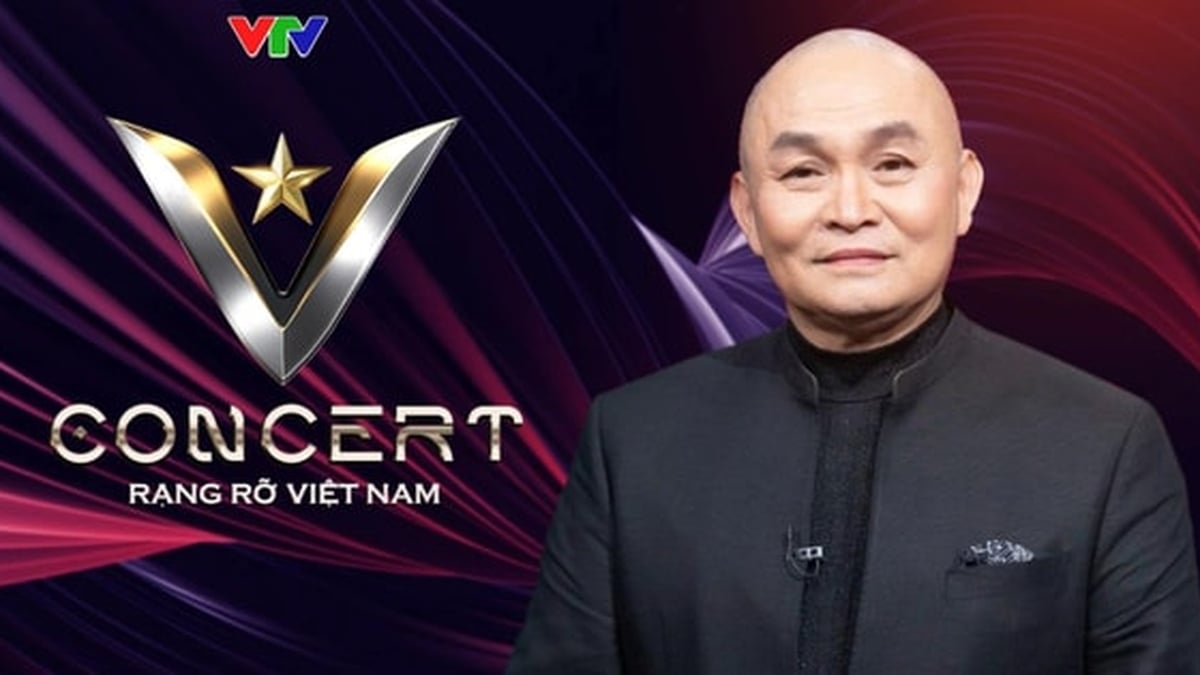
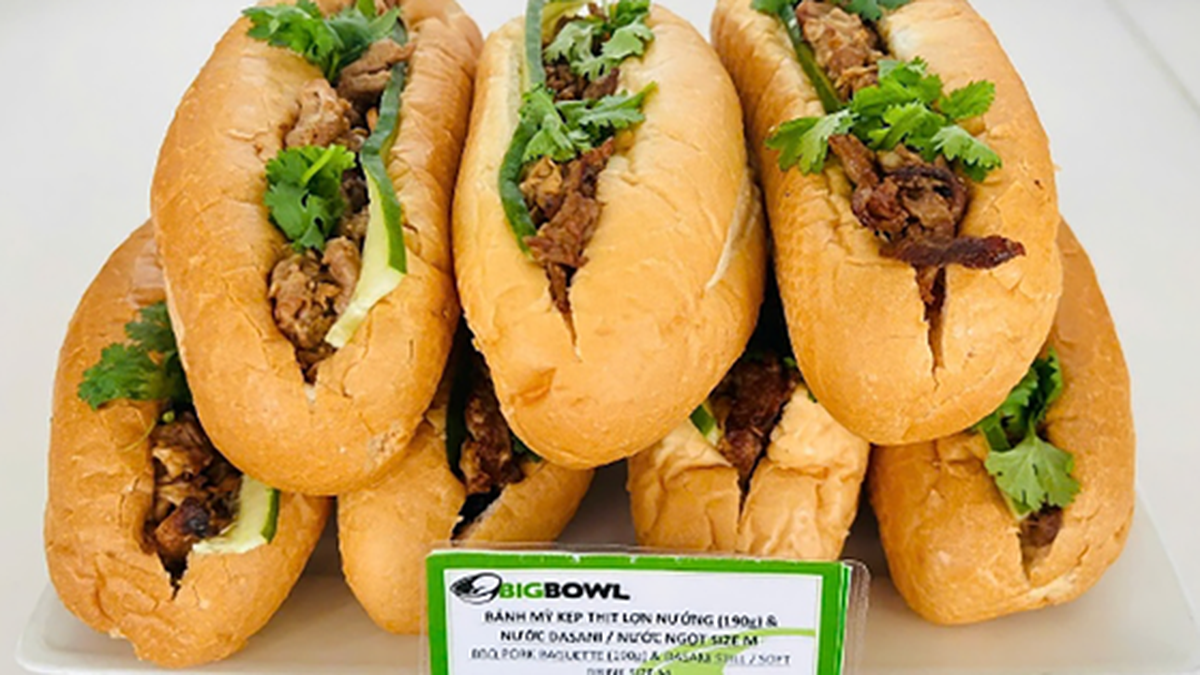











































![[Maritime News] More than 80% of global container shipping capacity is in the hands of MSC and major shipping alliances](https://vphoto.vietnam.vn/thumb/402x226/vietnam/resource/IMAGE/2025/7/16/6b4d586c984b4cbf8c5680352b9eaeb0)




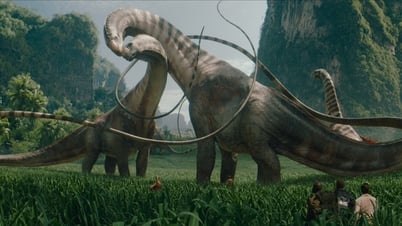
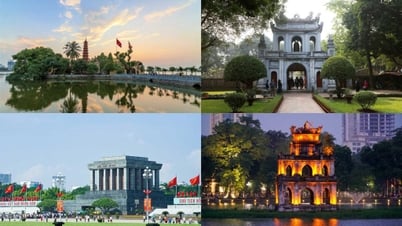


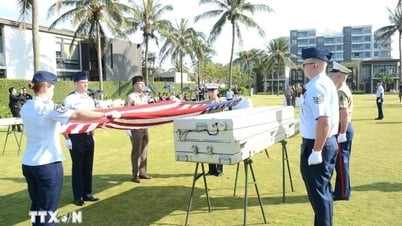
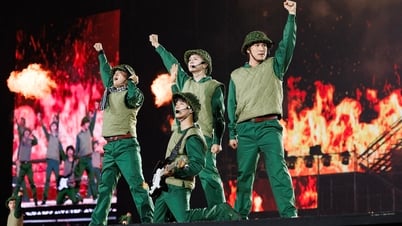

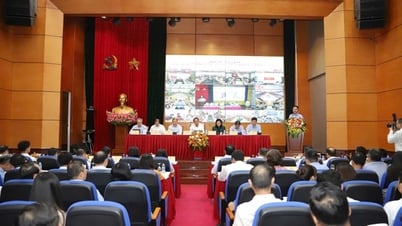

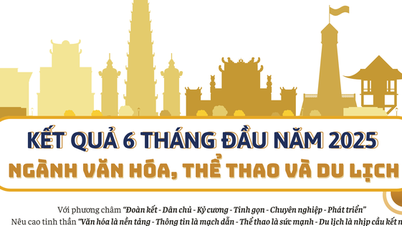




























Comment (0)